Death is a subject that’s often shrouded in mystery, misconception, and sometimes even fear. Funeral directors, with their years of experience, encounter numerous myths and misunderstandings about death and the processes that follow.
This blog post will shed light on eight common misconceptions that funeral professionals frequently encounter in their line of work. By dispelling these myths, readers can gain a clearer understanding of what really happens when people reach the end of their lives and what follows thereafter.
The body is immediately taken to a funeral home after death
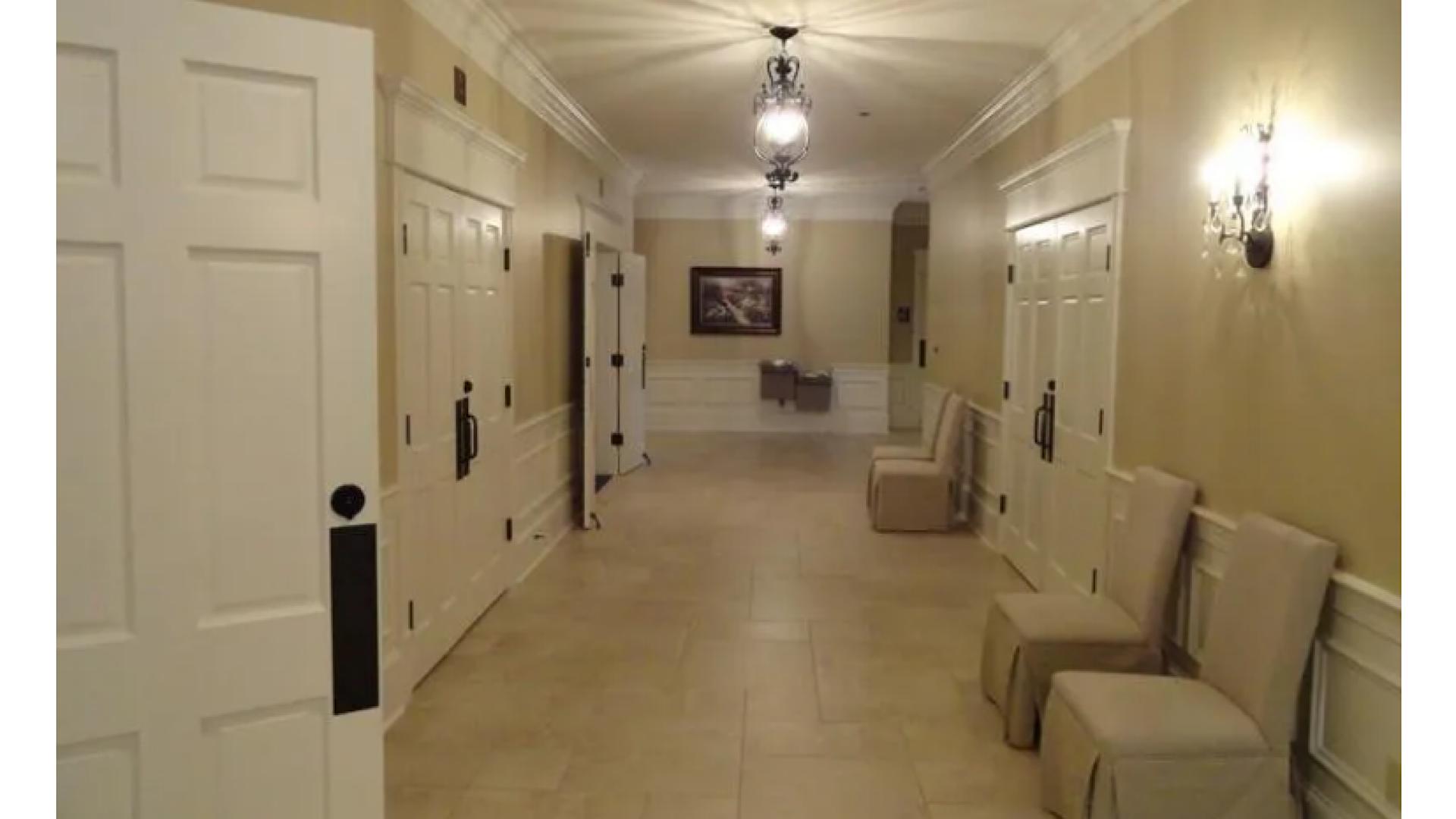
Contrary to popular belief, the body is not always immediately transported to a funeral home after death. In many cases, especially when death occurs at home or in a care facility, the body may remain there for several hours. This allows family members time to gather, say goodbye, and begin the grieving process in a familiar environment.
The timeline for moving the body depends on various factors, including the circumstances of death, local regulations, and family preferences. In some cases, particularly with home deaths, a medical examiner may need to examine the body before it can be moved. Understanding this can help families feel less rushed during an already stressful time.
Embalming is always necessary

One common misconception is that embalming is always required by law or for health reasons. In reality, embalming is rarely legally mandated. It’s primarily used for cosmetic purposes and temporary preservation, particularly when there’s a delay between death and the funeral or if the body needs to be transported long distances.
Many people choose embalming for open-casket viewings, but it’s not essential for all types of funerals. Alternative methods of temporary preservation, such as refrigeration, are often available. Some religious traditions, like Jewish and Muslim faiths, actually prohibit embalming. Families should know they have options and can make decisions based on their personal, cultural, or religious preferences.
Viewing the body is morbid or unhealthy

Some people believe that viewing the body of a deceased loved one is morbid or psychologically harmful, especially for children. However, many grief counselors and funeral professionals argue that viewing can be an important part of the grieving process. It provides a tangible reality of the loss, helping mourners accept the death and begin healing.
Viewing can offer closure and a chance to say final goodbyes. For children, being included in the process (with proper explanation and support) can help them understand death and reduce fear or confusion. Of course, viewing should always be a personal choice, and no one should feel pressured either way.
Cremation is cheaper than burial in all cases
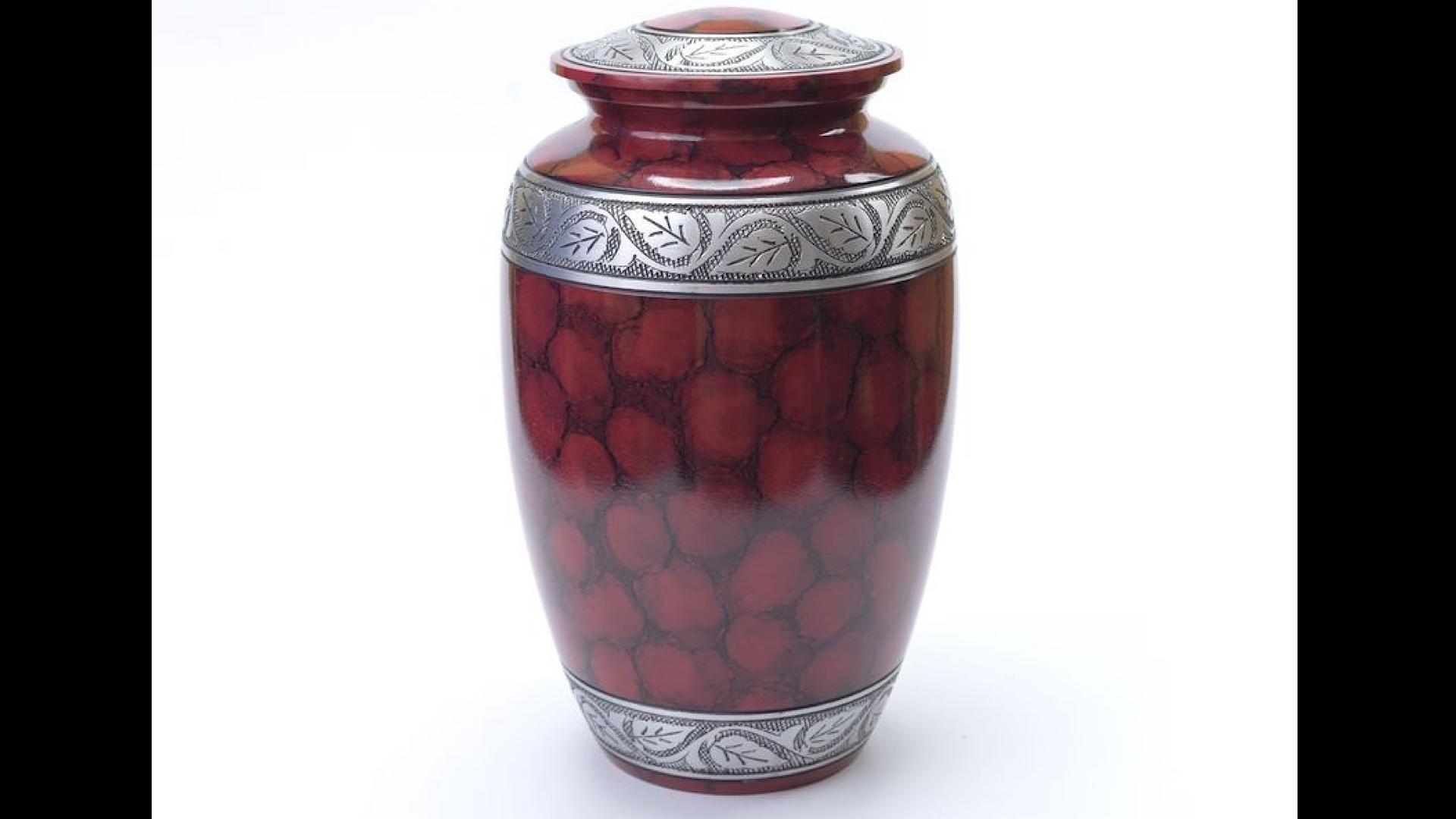
While cremation is often less expensive than traditional burial, it’s not always the cheaper option. The final cost depends on various factors, including location, services chosen, and additional products like urns or memorial items. A simple cremation without a service or viewing is typically the least expensive option.
However, if a family opts for a full funeral service before cremation, including embalming, viewing, and a ceremonial casket, the costs can approach or even exceed those of a burial. Additionally, some choose to bury the cremated remains, which incurs further expenses. It’s important for families to discuss all options and associated costs with their funeral director to make an informed decision based on their budget and wishes.
You can’t have a funeral if you choose cremation
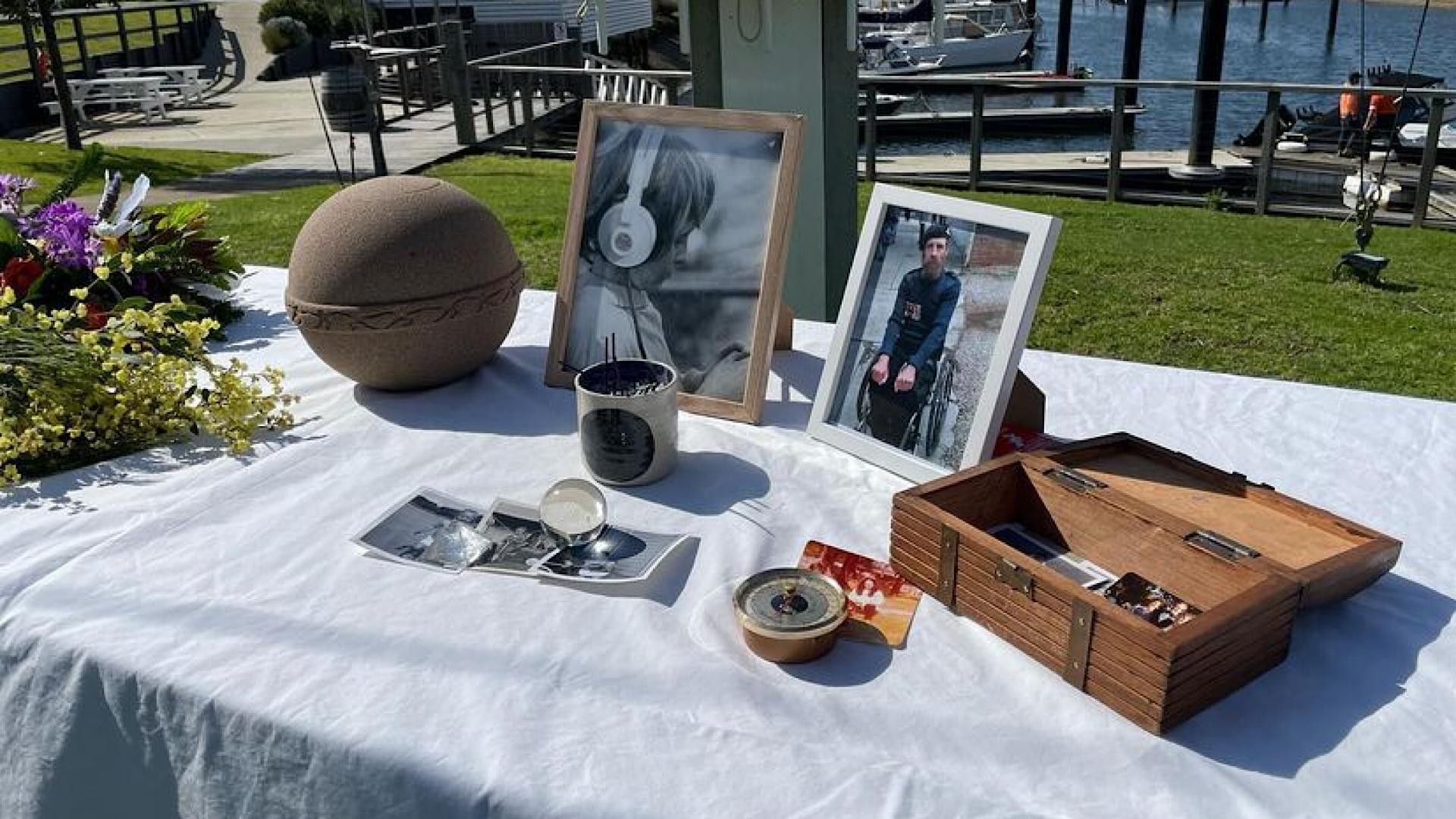
Many people mistakenly believe that choosing cremation means forgoing a traditional funeral service. In reality, cremation and funerals are not mutually exclusive. Families can hold a full funeral service with the body present before cremation, or a memorial service after cremation with the urn present. Some choose to have a viewing before cremation, while others opt for a celebration of life ceremony weeks or months later.
Cremation simply offers more flexibility in timing and location of services. It’s even possible to have the cremated remains buried in a cemetery if desired. The key is understanding that cremation is a method of body disposition, not a limitation on how one can be memorialized.
Green burials are illegal or unavailable
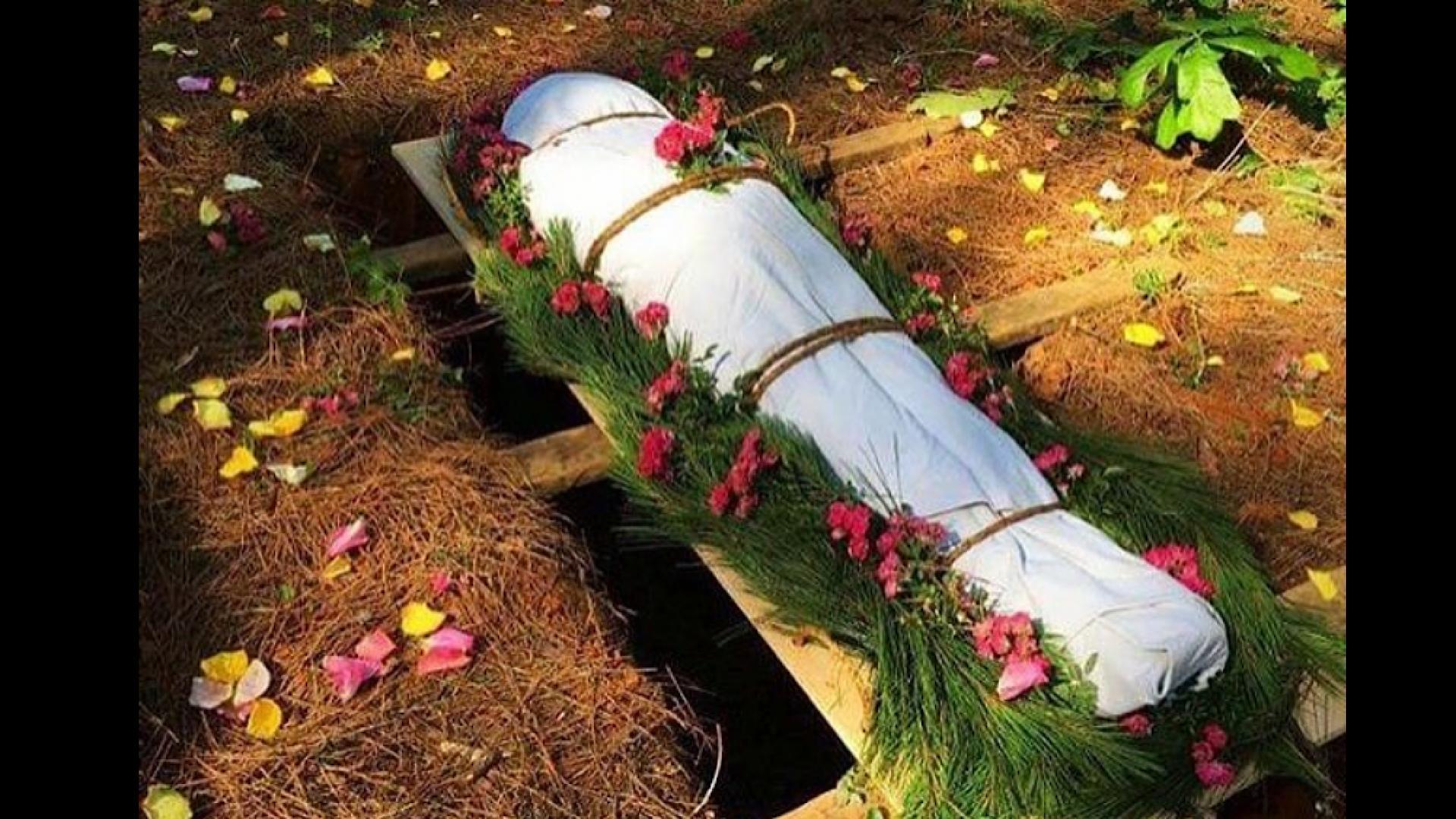
Contrary to popular belief, green burials – which aim to minimize environmental impact – are legal in all 50 states and increasingly available. These burials typically involve no embalming, biodegradable caskets or shrouds, and no concrete vault. While not every cemetery offers green burial options, the number of green cemeteries and conventional cemeteries with green sections is growing.
Some areas may have more options than others, but the trend is expanding. It’s important to note that even in areas without dedicated green cemeteries, many aspects of green burial can often be incorporated into a conventional burial. Families interested in this option should discuss it with their funeral director to understand local possibilities.
Estate settlement happens quickly after death

Many people assume that settling an estate is a quick process that happens shortly after death. In reality, estate settlement can be a complex and time-consuming process, often taking months or even years to complete. The timeline depends on various factors, including the size and complexity of the estate, whether there’s a will, and if there are any disputes among beneficiaries.
Even simple estates typically take several months to settle due to legal requirements, such as probate processes and tax filings. It’s important for families to understand this to manage expectations and plan accordingly. Consulting with an estate attorney can help navigate this process more smoothly.
Grief follows a predictable “five stages” process
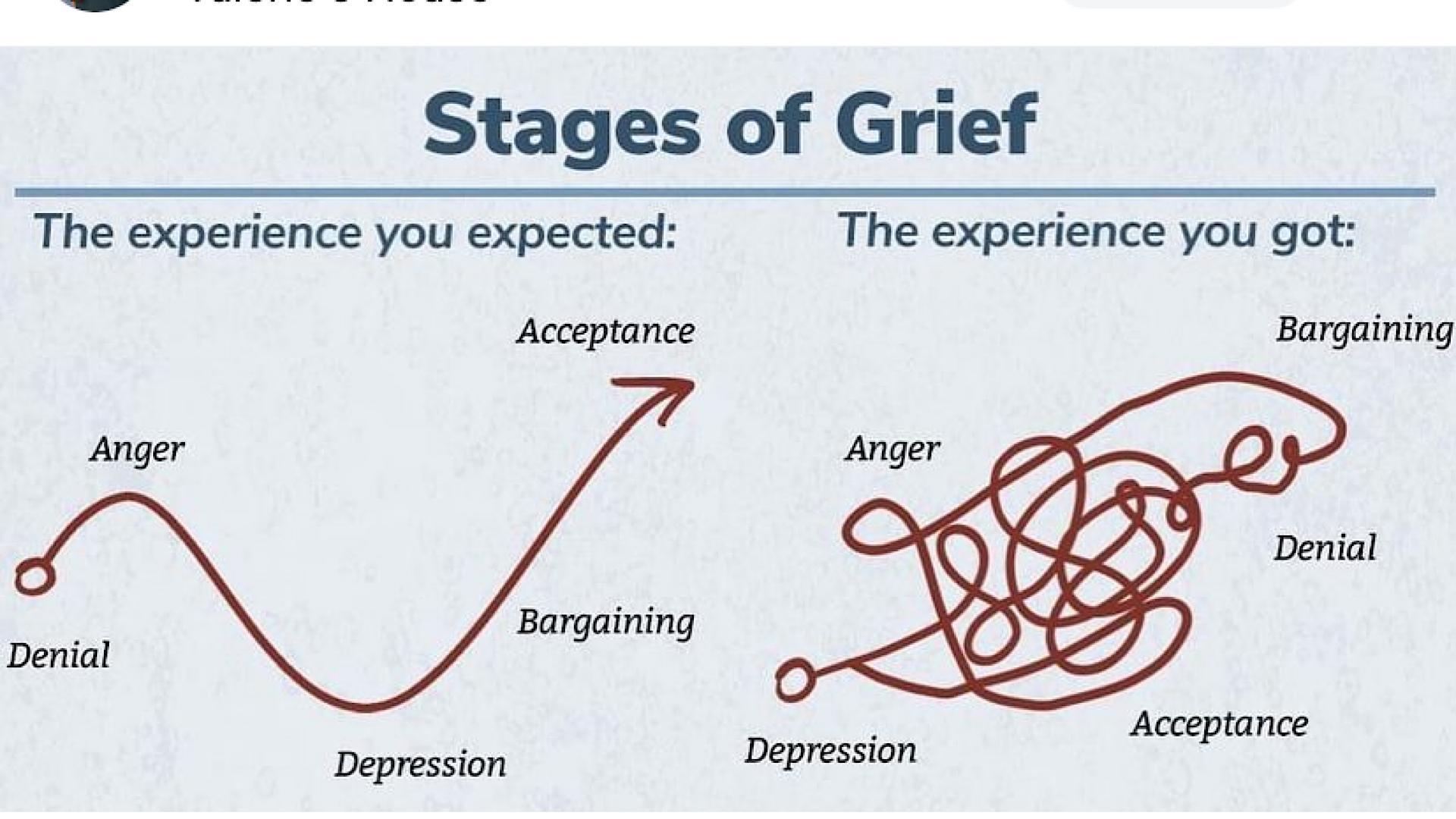
The idea that grief follows a predictable “five stages” (denial, anger, bargaining, depression, acceptance) is a widely held misconception. While these stages, introduced by Elisabeth Kübler-Ross, can be part of the grieving process, grief is rarely linear or predictable. Everyone experiences grief differently, and the process can involve a wide range of emotions that come and go in no particular order.
Some people may not experience all five stages, while others may experience additional emotions or cycle through stages multiple times. Understanding that there’s no “right” way to grieve can help individuals be more patient with themselves and others during the mourning process. Professional grief counselors often emphasize that grief is a unique journey for each person.

